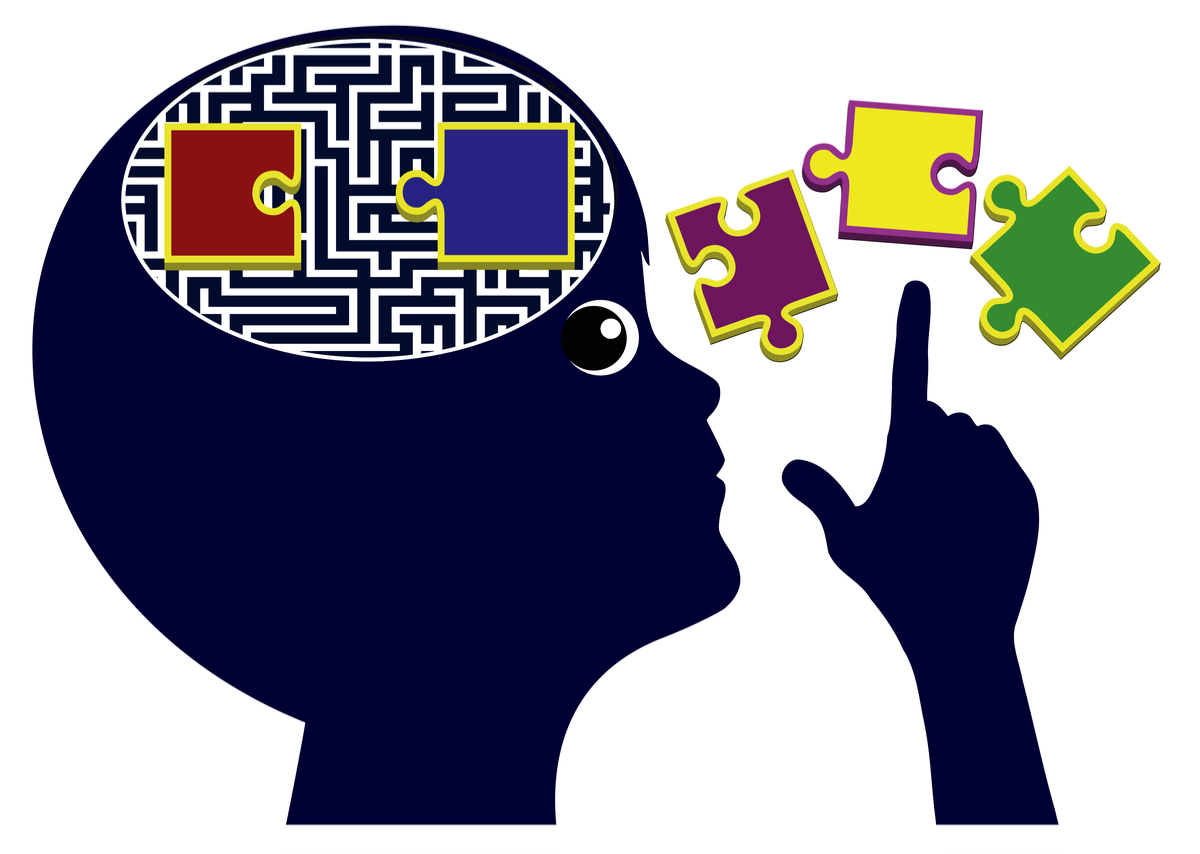Brain Development

As we do neurofeedback on clients coming in for anything from sleep disorders to Attention Deficit Disorder to Migraines, we can’t help but get excited. It seems that the experience reminds us once again – “it’s all about the brain”. It seems amazing to watch a person do a training on the neurofeedback machine and experience a release in body tension, a change in feelings, a different perspective, new clarity, better memory, or better sleep patterns. But it keeps the mantra going of how amazing and complex the brain is and how, as Dr. Amen’s book says, “Change your Brain and Change your life.”
Understanding brain development will help us as we become more and more aware of the impact of our brain’s development in our life. This also means that as adults, we can be more aware of the needs of children in their brain development. So how does the brain develop?
At birth the brain is bursting with neurons and beginning preparation for full operation. The brain is undeveloped as the neurons exist apart from each other. The brain’s task for the first three years of life is to connect the neurons, establishing pathways to reinforce connections with other neurons. This happens when impulses are sent and received between two neurons. This forms synapses.
As a child grows and develops, the synapses become more complex—very much like a tree with branches and limbs growing. During the first three years of life, the number of neurons stays the same but the number of synapses increases. The brain creates more synapses during this time than it really needs. Between the ages of 3 and 10, the creation of synapses slows until about age 10.
The synapses that are used a lot become permanent pathways, part of the brain. A child’s experience leads to the wiring of the child’s brain. These experiences are the sparks that create the activity to create the pathways. Those synapses not used frequently are eliminated, pruned away.
So what does this all really mean? It means that experiences with others- relationship interactions- are what help the young brain develop. A child who is touched, nurtured, talked to and with, and given new experiences will not have the same brain development as a child who is not given these experiences. By having experiences and opening the brain to new opportunities, the connections are developed. The more something is experienced, the more “hard wired” we are in that area. Neurons and neuronal connections (synapses) change in an activity-dependent fashion. Caring for infants and toddlers is mostly about building relationships and making the most of everyday routines and experiences.
Brain connections that lead to later success grow out of nurturing, supportive and predictable care. This type of parenting fosters child curiosity, creativity and self confidence. Young children need safety, love, conversation and a stimulating environment to develop and keep important synapses in the brain.
The Creative Curriculum for Infants and toddlers (Dombro, Colker and Dodge, 1997) says that during the first 3 years of life, infants and toddlers look to caregivers for answers to these questions:
Do people respond to me?
Can I depend on other people when I need them?
Am I important to others?
Am I competent?
How should I behave?
Do people enjoy being with me?
What should I be afraid of?
Is it safe for me to show how I feel?
Research shows that infants’ emotions, both positive and negative, and the caretaker’s response to these emotions enhances early brain development. In fact, this is how the brain will develop. Sharing positive emotional experiences between the caretaker and the infant, such as laughing, smiling, and cooing back and forth engages the brain activity (creating pathways and hard wiring these pathways for future use) and promotes feelings of security and trust. Interactions that are accompanied by lots of emotions are more readily remembered and promote more pathways, allowing the interaction to be recalled more easily.
This is how experience plays a critical role in brain development. It goes with the saying “use it or lose it.” If the pathways that are created are not used, the synapses get pruned away and are lost. This “use-dependent” development is the key to understanding the impact of neglect and trauma on children. In our next issue I will talk about the impact of trauma, abuse and neglect on the developing brain.
All of this leads us back to the beginning when we talk about training the brain in neurofeedback. It is through this training that we are able to go back and to teach the brain to function more optimally. All of us can use opportunities to be more fit in our brains. It is exciting to know that there are ways now to do this with our brain. And changing your brain does change your life.
Tags: Brain Development, neurofeedback training
ABOUT THE AUTHOR

Janie Pfeifer Watson
Licensed Independent Clinical Social Worker
Licensed Independent Mental Health Practitioner- Janie Pfeifer Watson, LICSW, is the founder and director of Wholeness Healing Center, a mental health practice in Grand Island, Nebraska with remote sites in Broken Bow and Kearney. Her expertise encompasses a broad range of areas, including depression, anxiety, attachment and bonding, coaching, couples work, mindfulness, trauma, and grief. She views therapy as an opportunity to learn more about yourself as you step more into being your authentic self. From her perspective this is part of the spiritual journey; on this journey, she serves as a mirror for her clients as they get to know themselves—and, ultimately, to love themselves.
LATEST ARTICLES BY Janie Pfeifer Watson
- Mastering Resilience: How to Manage your Response to Challenging Situations
- Celebrating 25 Years of Business A Journey Marked by Resilience, Growth, and the Power of Community
- COVID-19 – Heightened Mental Health Awareness and Employer Appreciation
- Change Your Brain with Psychotherapy
- The Gut Brain Connection
Subscribe today
Sign up to receive the latest mental health tips and inspiration